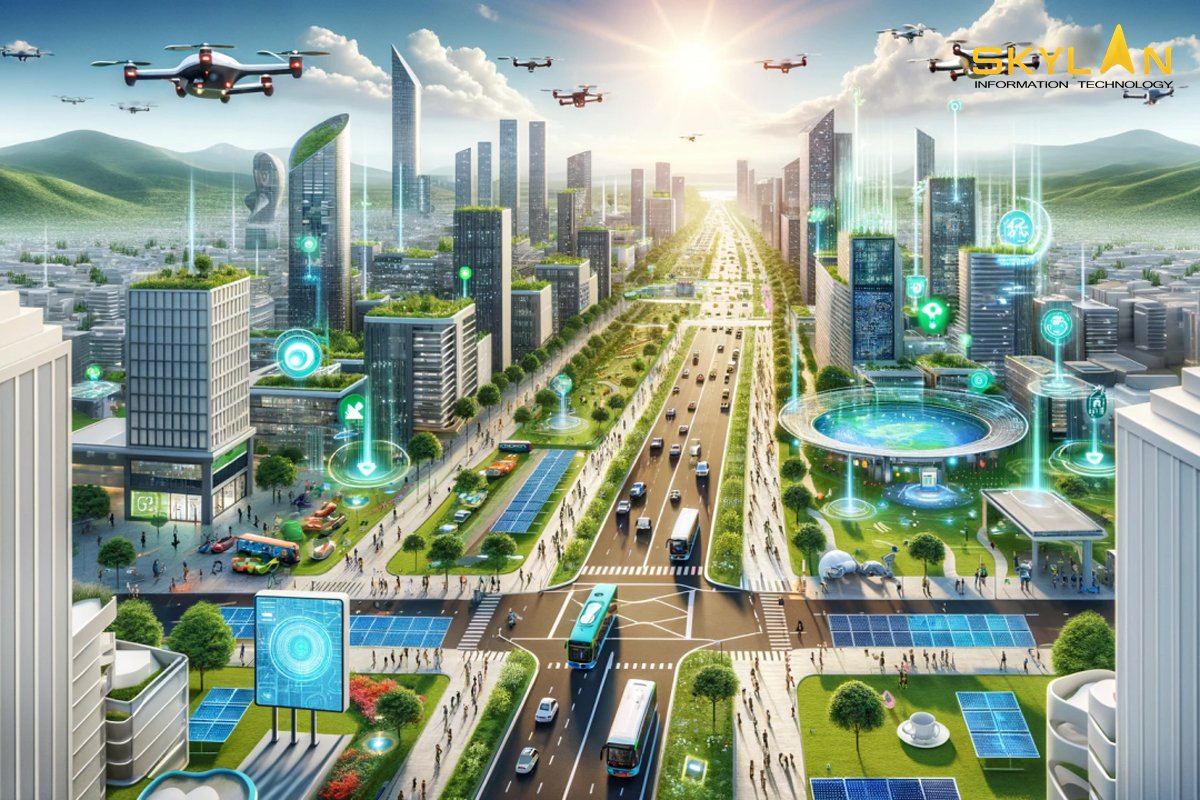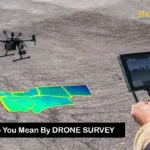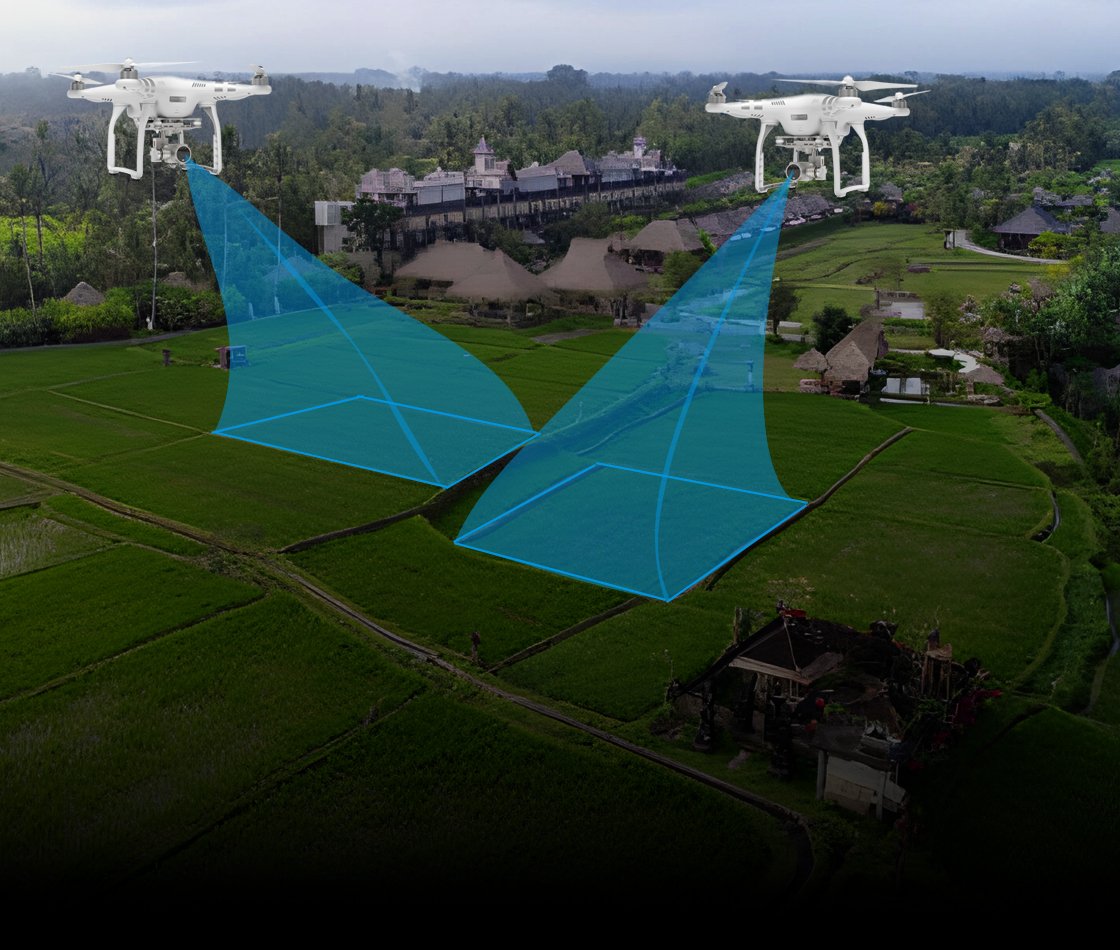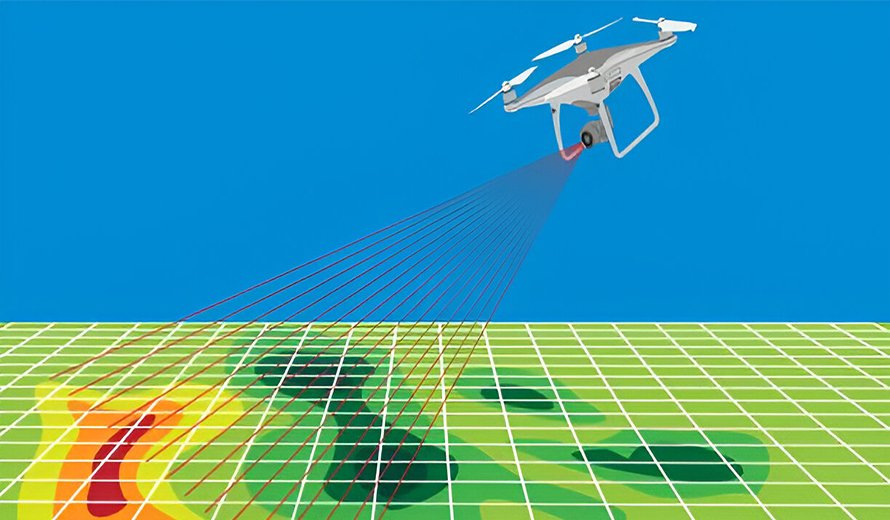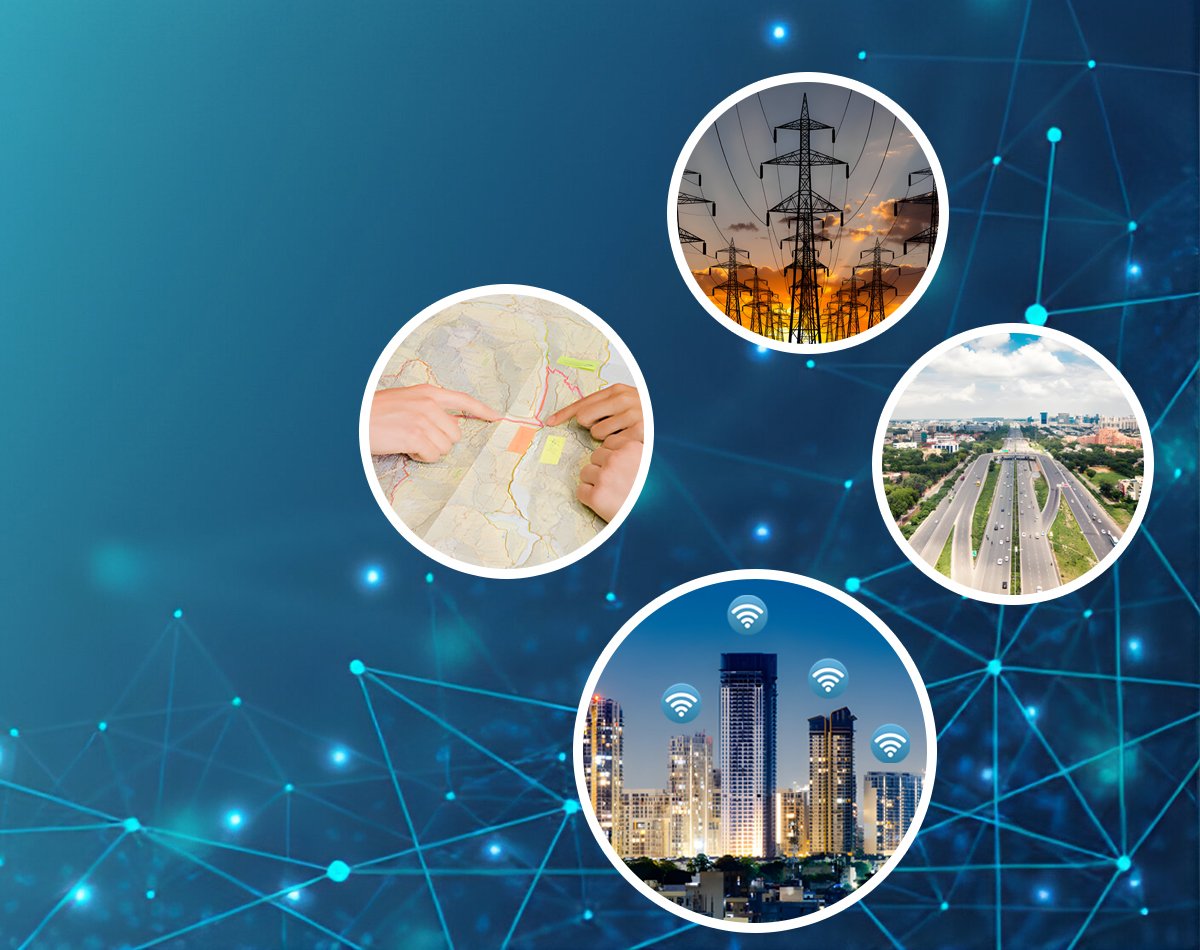Introduction
The concept of smart cities is rapidly changing the way urban spaces are designed and managed. Smart cities use technology to improve everything from transportation to energy usage, improving the quality of life for residents while reducing the environmental impact. But all this can’t happen without the use & help of GIS (Geographic Information Systems).
GIS is not just limited to digital maps, it’s a complete system that helps capture, analyze, and visualize geographic data. For smart cities, GIS helps in planning, implementing, and managing urban infrastructure and services. In this blog, we discuss the role of GIS in smart cities, and how it’s used to address urban challenges, and its’ potential to shape the future of urban development.
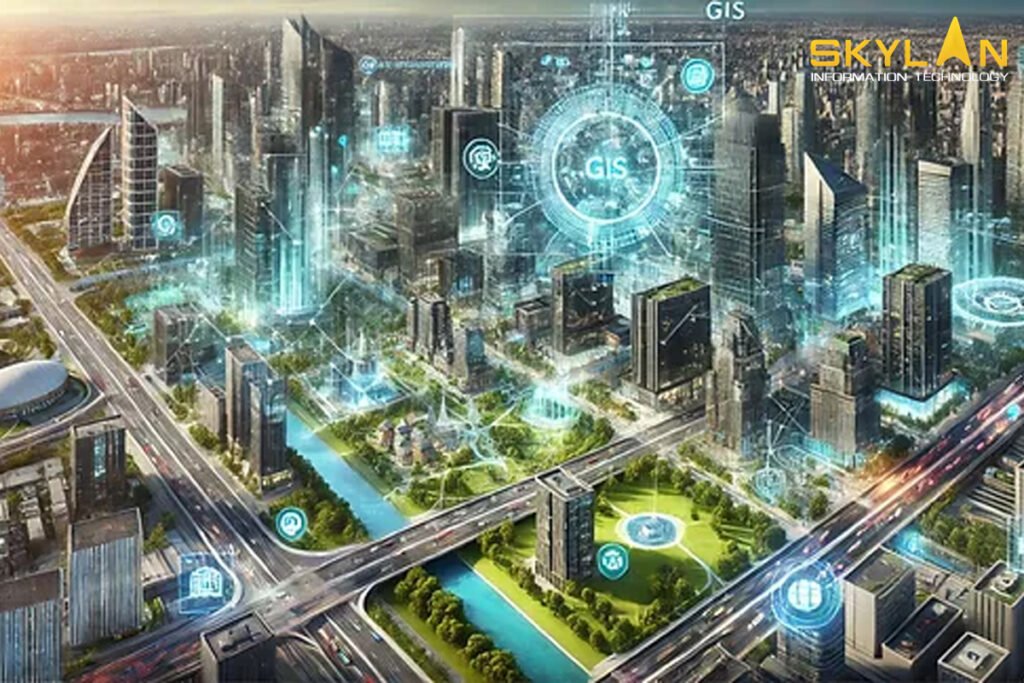
Understanding GIS and Smart Cities
- Definition of GIS:
Geographic Information Systems (GIS) is a technology that helps in capturing, storing, analyzing, and visualizing geographic data. This data can be anything related to a location, such as roads, buildings, vegetation, or even population density. What makes GIS unique is it allows users to see patterns, relationships, and trends. For example, a city planner can use GIS to map out the locations of schools, hospitals, and public parks in a city, and then analyze how well these services are distributed across different neighborhoods. This helps in making informed decisions about where new infrastructure should be built to meet the needs of the population.
- What is a Smart City?
A smart city uses technology and data to improve urban services, and makes them more efficient, sustainable, and responsive to the needs of residents. Key features of smart cities include sustainability, efficiency, and use of technology like sensors, IoT, and big data analytics to monitor and manage urban services. Smart cities aim to solve common urban problems like traffic issues, pollution, and inefficient energy use. By collecting and analyzing data in real-time, these cities can make in decisions that will surely improve daily life for their citizens. Smart city technologies can include smart grids for energy management, intelligent transportation systems, and real-time air quality monitoring.
- The Connection between GIS & Smart Cities
GIS is necessary for making smart cities because it helps in combining and analysing huge amounts of geographic data from various sources. This c data is used to create detailed maps and models that help in urban planning, infrastructure management, environmental monitoring, and more. In smart cities, GIS helps authorities to visualize and improve the layout of city. GIS allows city planners and decision-makers to analyze how different parts of the city interact, from traffic patterns to the availability of green spaces, and makes data-driven decisions that improve the urban environment.
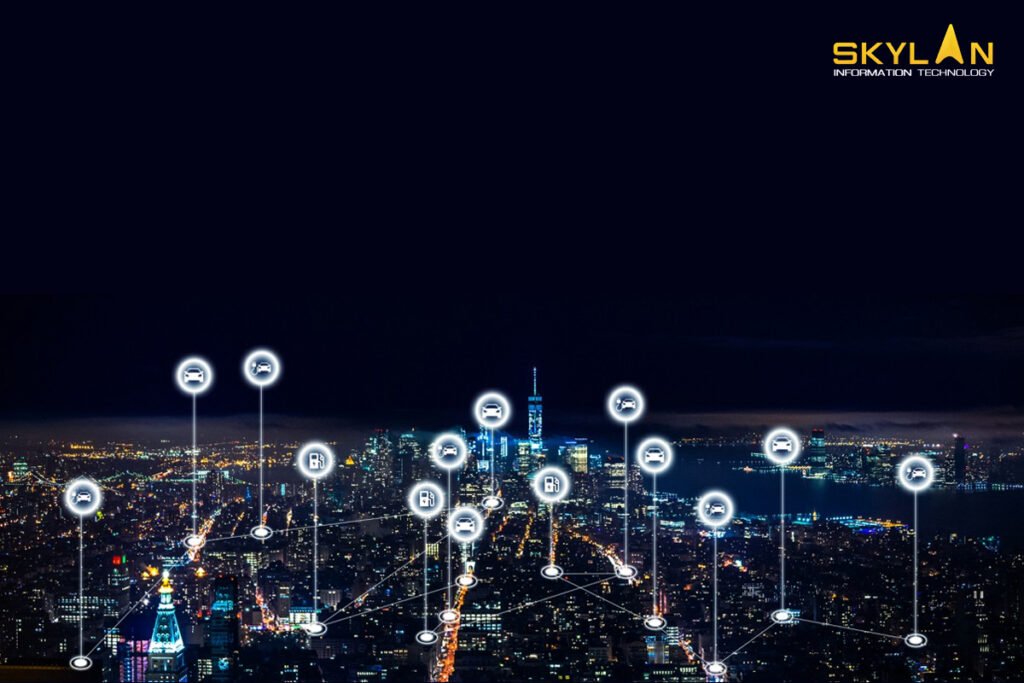
Applications of GIS in Smart City Development
- Urban Planning and Zoning:
GIS plays a key role in urban planning by providing detailed maps and data that help city planners to make informed decisions. Planners can use GIS to create 3D models of buildings, roads, and infrastructure, which helps in visualizing future developments. For example, GIS can show how a new housing development will affect traffic patterns or how close it is to places like hospitals and schools. This will ensure that cities grow in a planned and organized way, and overcrowding is avoided.
- Infrastructure Management:
Urban infrastructure like that of roads, and public services, can be monitored and managed e with GIS. By mapping the location of water pipes, electrical grids, and transportation networks, city authorities can monitor their condition in real-time and plan maintenance more efficiently. GIS also helps in optimizing resources by identifying areas where new infrastructure is needed and avoids costly overlaps or delays.
- Transportation and Traffic Management:
Managing traffic is a major challenge in cities. GIS helps in analyzing traffic patterns, planning public transportation routes, and reducing congestion. By laying down traffic data on a city map, authorities can identify best routes for buses, trains, and other public transports. This also reduces emissions and energy consumption by promoting more efficient transport systems.
- Environmental Monitoring and Sustainability:
Smart cities prioritize sustainability, and GIS plays an important role in achieving this. GIS is used to monitor pollution levels, manage natural resources, and track environmental changes. For example, GIS can map out areas that are at risk of flooding or deforestation, thereby helping cities to plan for and reduce its harmful environmental impacts. It’s also used to monitor air quality and ensure that cities meet their sustainability goals.
- Public Safety and Emergency Response:
In smart cities, GIS improves public safety by improving emergency preparedness and response. Real-time data from sensors, cameras, and GPS devices is fed into GIS systems to provide a clear picture of an emergency. This allows emergency services to plan the fastest routes, identify the most affected areas, and coordinate resources more effectively, eventually saving lives and reducing damages.
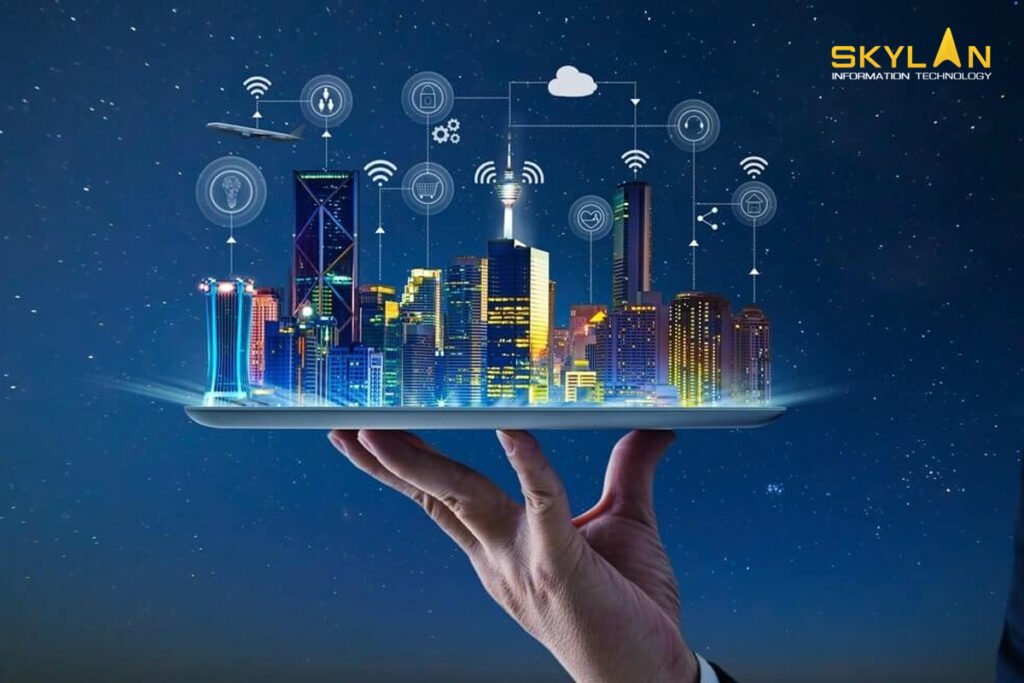
Challenges and Considerations
- Data Integration:
One of the biggest challenges in implementing GIS in smart cities is integrating diverse data sources. Cities generate huge amount of data, bringing all this data together into a single GIS system requires careful planning and coordination. The quality of the data also matters; inaccurate or outdated data can lead to flawed decisions.
- Privacy and Security Concerns:
With the increased use of geographic data in smart cities, privacy and security concerns becomes important. GIS systems collect large amounts of location based data, this data could be used to track sensitive information of individuals. So it is extremely important that this data is securely stored and managed.
- Cost and Accessibility:
Implementing GIS technology can be expensive, especially in small or developing cities. The cost of acquiring and maintaining GIS software, hardware, and skilled labours is high. And sometimes lack of technical experts in small cities can also limiting its accessibility.
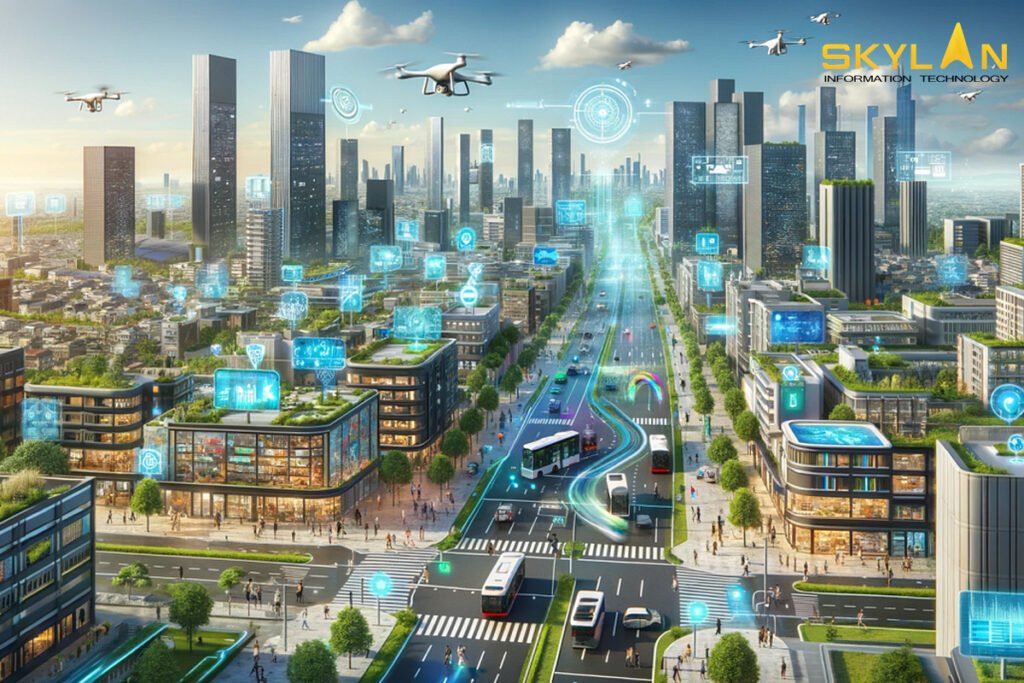
The Future of GIS in Smart Cities
- Emerging Technologies:
The future of GIS in smart cities is getting influenced by Artificial Intelligence, Machine Learning, and the Internet of Things (IoT). These technologies are making GIS more powerful and efficient.
- Future Trends:
As smart cities develop, the ability to analyze real-time data will become more important. This will allow cities to respond to problems more quickly and make data-driven decisions on the fly. Another trend is the use of 3D mapping in GIS.

Conclusion
GIS is playing a key role in shaping future of smart cities. It provides the data and analysis required to plan and manage urban infrastructure, improve transport systems, monitor environment, and improve public safety. By integrating GIS into their development plans, cities can become more efficient, sustainable, and responsive to the needs of their residents.
As urban population across the world continues to grow, the role of GIS in smart cities will become more important. If you’re interested in the future of urban development, learning about GIS technology can be a good place to start from.

